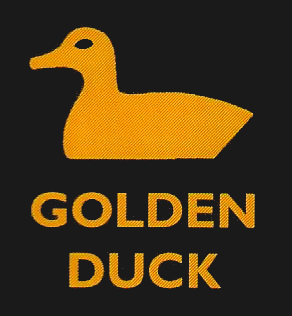Sailing on the Edge: Alone Across the Atlantic
Peter Keating
Leschenault Press
£9.95
This is certainly one of the more unusual Atlantic-crossing accounts. In 2007 the then 57-year old Keating decided to travel to the USA, buy a yacht, then sail single-handed for the Azores as the first leg of a journey back to his native Australia. Sailing on the Edge tells the tale of 40 introspective days from Norfolk, Virginia to Horta in the Azores. Keating presents his journey as a quest for spiritual experience. It’s almost a deliberately undertaken ordeal through which he expects to emerge stronger and more insightful. Fasting and meditation are integral aspects and adversity is welcomed – as far as this is humanly possible.
The yacht he bought was a Hunter 34, a resilient product of the 1980s, though without the long-keel underwater profile of the classic cruising yacht. Most sail change operations had to take place out of the cockpit so once the self-steering gear broke down – as it did early in the journey – the yacht’s inability to hold her course meant that even popping below to make a cup of tea became a complex manoeuvre. Keating describes hours and hours, days and days of hand-steering, dropping the sails and letting the yacht drift when he was overcome by exhaustion. His GPS also broke early, forcing him to resort to dead reckoning and celestial navigation. The voyage lasted twice as long as he’d expected by which time his food supplies were almost exhausted. He writes rhapsodically of the sensation of making single teaspoons of peanut butter last for half an hour at a time.
Extreme adversity struck Keating early with the advent of Tropical Storm Barry (not the same as the more recent Hurricane Barry). The book’s dramatic opening finds Keating curled into a foetal position and the yacht lying helplessly a-hull. A gout of cold water rouses him to one last effort: he crawls to the cockpit and gets the yacht sailing again. This would be an epic experience in anyone’s life, in Keating’s it triggers the first of a series of hallucinations. This phenomenon is not unknown at sea – the most famous being Joshua Slocum’s ‘pilot of La Pinta’. Keating records visions of varying intensity and also recalls stories of friends and fellow-voyagers which bring them into his cockpit to travel with him. Disarmingly he admits that the facts of his stories might not have been exactly as he tells them. Sailing on the Edge is a narrative of intense self-absorption which won’t appeal to all readers but which offers an individual perspective on solitude and sailing. Keating’s personal experience of ‘deep oceaning’ is both a psychological and a physical phenomenon.
